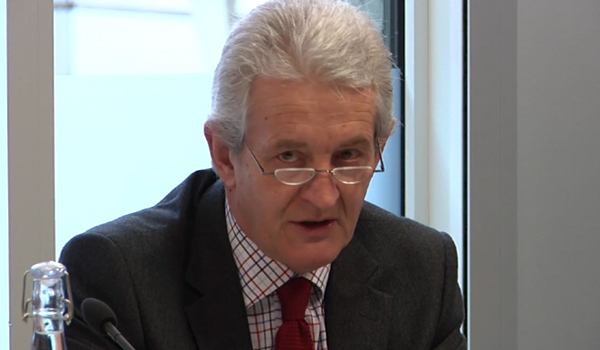Making Faces
Facial recognition systems could deliver a massive boost in suspect
identification from custody suite to the CCTV camera network. Dave
Howell surveys the currently available systems and
profiles the forthcoming FIND database.

Of all the unique features of the human body that are available to the police as a form of identification, the face has remained one of the most complex and technically difficult to identify from photographic or video evidence. ANPR cameras can now snap a photo of a driver as well as their vehicles numberplate, but would struggle in many cases to identify the driver from the photo alone. Picking a face out of a crowd is still a technical challenge that developers are still wrestling to perfect, but facial recognition systems are now in place in a number of sites, and with the new FIND database coming online, plus the improvements in digital camera technology, facial recognition systems are becoming a proven tool that all forces will soon have access to.
Photographic evidence
Facial recognition systems are certainly not new. The technology itself is based on research completed in the 1960s by Woody Bledsoe and others. Even then, researchers could see that mapping and then comparing human faces to one another was a huge task to undertake.
After an unsteady start that saw some facial recognition systems abandoned due to unreliability issues, the USA in particular is once again embracing this technology. The US-VISIT program from the Department of Homeland Security uses photographs taken at ports of entry to identify any known criminals or terrorists. The Department, through the US-VISIT Program, has already moved forward with extensive work on biometrics and facial recognition standards. The adaptation of facial recognition standards is a first step in standardising all types of biometrics, essential for the success of Homeland Security programs, said Under Secretary for Border and Transportation Security Asa Hutchinson.
In the UK, facial recognition systems are going to be used as part of the biometric components of all new ePassports. A high-resolution scan of the applications face will be encoded onto the chip that each passport will carry. How the database of images will be utilised isnt clear, but with a drive for more joined up policing in the wake of the Bichard report, the facial biometric data that is being collected by the Identity and Passport Service may become readily available in much the same way that fingerprint and DNA data is today.
Has the technology we are now testing in facial recognition systems improved to the point where it offers the police a technology that they can actually implement and rely on? The latest test cases would indicate that it is. The Face Recognition Vendor Test (FRVT) 2006 and the Iris Challenge Evaluation (ICE) 2006 both show a marked improvement in the accuracy of the technology. The reports state: “The FRVT 2006 results from controlled still images and 3D images document an order-of-magnitude improvement in recognition performance over the FRVT 2002. This order-of-magnitude improvement was one of the goals of the preceding technology development effort, the Face Recognition Grand Challenge (FRGC). The FRVT 2006 and the ICE 2006 compared recognition performance from very-high resolution still face images, 3D face images, and single-iris images. On the FRVT 2006 and the ICE 2006 datasets, recognition performance was comparable for all three biometrics. In an experiment comparing human and algorithm performance, the best-performing facial recognition algorithms were more accurate than humans.”
Speaking about the infrastructure that would need to be in place for a universal face recognition system, Jonathan L. Forrester, SVP of Marketing at ALIVE Tech, outlined their experience in the American market: I think that the infrastructure isn`t there yet. We have many different Sheriff`s offices using different systems. With the majority of law enforcement only utilising simple 2D JPEG images we will still have the problems with facial recognition that we are currently experiencing. With 3D systems, the accuracy will dramatically increase, but federal and state agen


